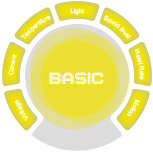
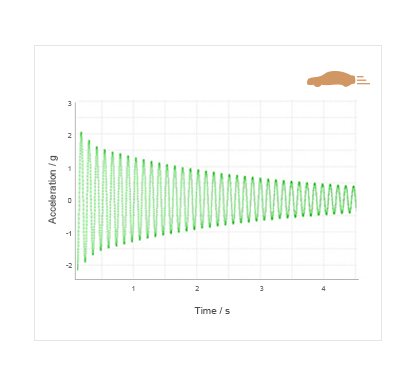
Used to measure the acceleration value of three-dimensional space, any form of motion can be displayed its acceleration value directly, and has vector property. For example, measurement the gravitational acceleration value in local, or changes of acceleration when people in motion.

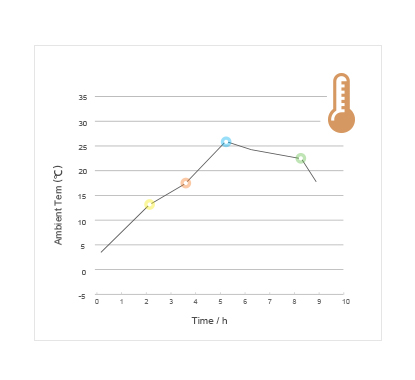
For measuring the ambient temperature, especially for some experiments have huge effect that produced by temperature, can according the current temperature to adjust a right environment for the experiment. Furthermore, can also used to monitor the change of air temperature throughout the day.

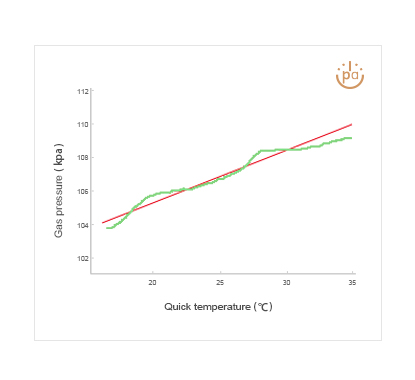
For measuring the atmospheric pressure of the surrounding environment, can sensitively reflect the changes of atmospheric pressure due to the change of elevation. In the experiment, it is helpful for analyze the effects of atmospheric pressure on experiment, to make the experiment more accurate and more scientific.

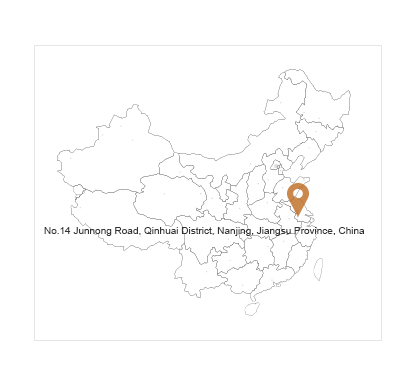
The positioning function in GPS sensor, can find the georeferenced of experimental location, the error of positioning accuracy is no less than 2m, and can record the moving tracks of position. We also can use the GPS sensor to record different experimental location, to explore the differences of experiment in different area.

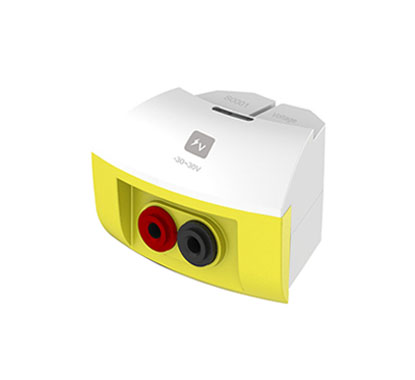
Voltage sensor is used to measure the electric potential difference at both ends of the electrical equipment or circuits, after the circuit of voltage sensor transfering the voltage it collects, then it can realize the measurement. The voltage sensor can be used in the DC circuit and low voltage AC circuit.
- Measure the VA characteristic curve of conductor
- Ohm’s Law
- Serial-parallel circuit of resistance
- Electromagnetic induction phenomena
- LC oscillation

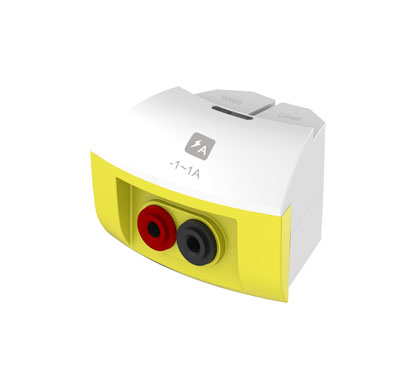
Current sensor is used to measure the current in circuit. When current is passing the sampling resistance, it will form a tiny electric potential difference at both ends of the resistance; after enlarging the circuit, it can be available to measure the current accurately in DC circuit or low voltage AC circuit.
- Measure the electrodynamic potential and internal resistance of battery
- Measure the VA characteristic curve of small bulb, diode, conductor
- Ohm's Law
- Serial-parallel circuit of resistance

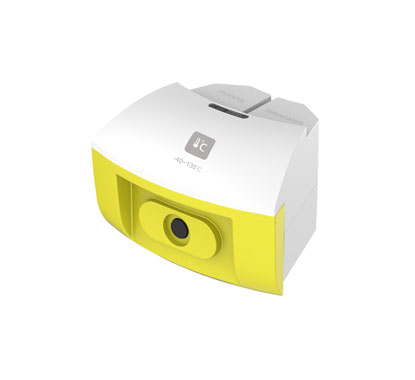
Temperature sensor adopts the NTC electronic temperature sensing element, when the ambient temperature changes, the NTC resistance changes accordingly. Normally the temperature needs no zero calibration and with relatively higher stability; therefore, the temperature sensor is rather popular in the low-middle temperature measurements.
- Cooling water naturally
- Liquid's evaporation cooling
- Work-to-internal energy conversion
- Study the thermoelectricity phenomena
- The convex lens convergence effect
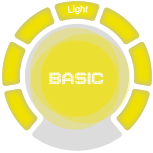
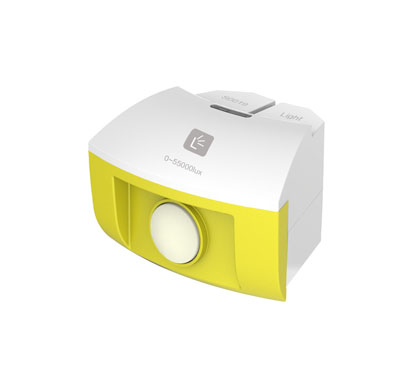
Light sensor uses the silicon photoelectric cell as the sensing element; it can convert the light intensity into a voltage signal, keeping a direct proportion. For the sensor, the effective light spectrum is in a range of 380nm and 730nm, it is an ideal intensity sensor for visible light.
- Study the relation between illumination intensity and distance
- Study the diffraction, interference, polarization of light

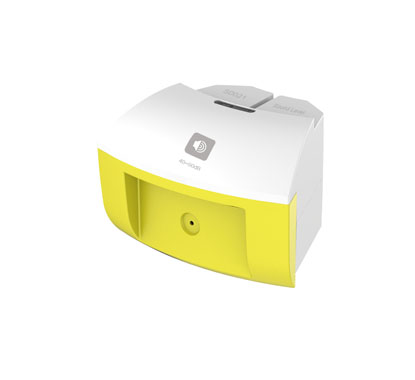
Sound sensor not only can measure the strength of sound (dB) within two measuring ranges, but also be used to measure the wave form (mV) of sound directly. With a frequency response rate, so that the sound sensor can measure sound speed and catch sound’s wave form.
- Measure the level of sound intensity
- Measure the environmental intensity of noise
- Measure the velocity of sound in the air
- Synthesis of sound wave
- Resonance of sound wave

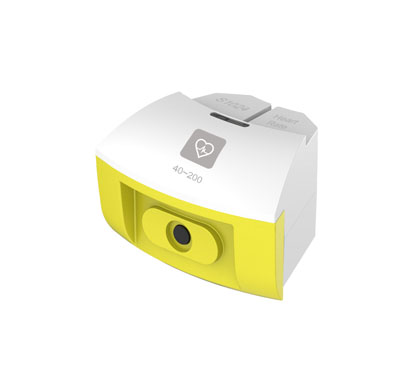
Heart rate sensor is an experiment device used to detect the heart rate of human body. Simple and safe operation, can real-time measure the human heart rate value.
- Test on human heart rate

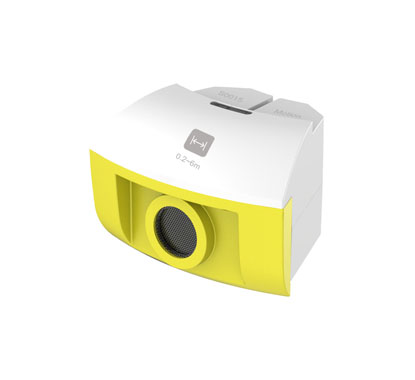
Motion sensor is a sonar equipment emitting ultrasonic pulse, it receives signal through the reflection of object, and then measure the time T when the high frequency sound wave goes around between the object and sensor; in accordance with the speed of sound in air, i.e. V, it can calculate the distance between the object and the sensor, i.e.: d=V*T/2.
- Explore the simple harmonic motion
- Forced vibration
- Uniform linear motion, uniform variable rectilinear motion